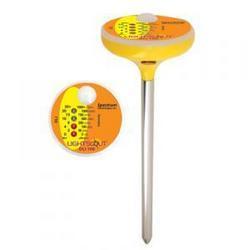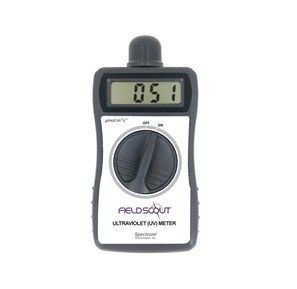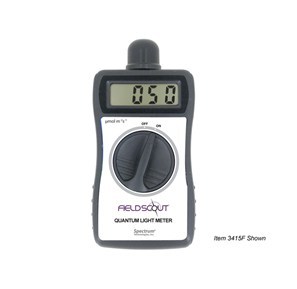Most Popular Products
Red Far-Red Meters
Price 115000 INR/ Piece
MOQ : 1 , , Piece
Red Far-Red Meters Specification
- Usage
- Industrial
- Color
- White And Black
Red Far-Red Meters Trade Information
- Minimum Order Quantity
- 1 , , Piece
- Delivery Time
- 4 Week
- Main Domestic Market
- All India
About Red Far-Red Meters
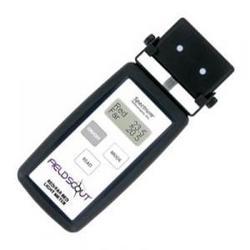
Tell us about your requirement

Price:
Quantity
Select Unit
- 50
- 100
- 200
- 250
- 500
- 1000+
Additional detail
Mobile number
Email
More Products in Light Meter Category
Light Meters
Price 11500 INR / Piece
Minimum Order Quantity : 1 Piece
Color : silver
Usage : Industrial
Light Scout Quantum Meters
Price 27500 INR / Piece
Minimum Order Quantity : 1 , , Piece
Color : White
Usage : Industrial And Commercial
Light Scout Light Sensor Reader
Price 36500 INR / Piece
Minimum Order Quantity : 1 , , Piece
Color : White
Usage : Industrial
 |
AURO ELECTRONICS (INDIA) PVT. LTD.
All Rights Reserved.(Terms of Use) Developed and Managed by Infocom Network Private Limited. |



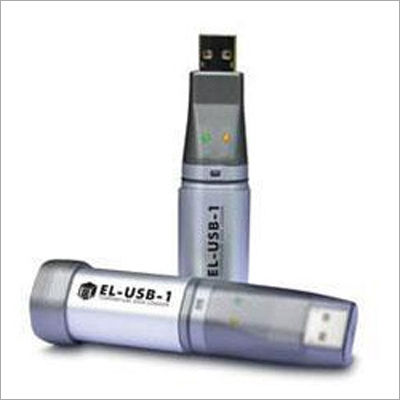
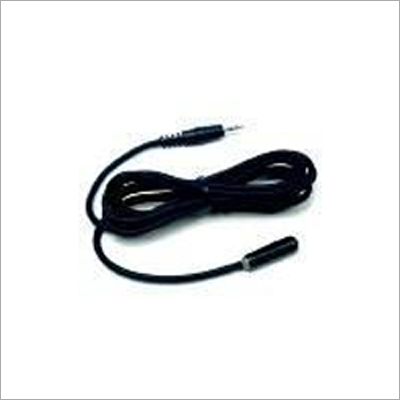
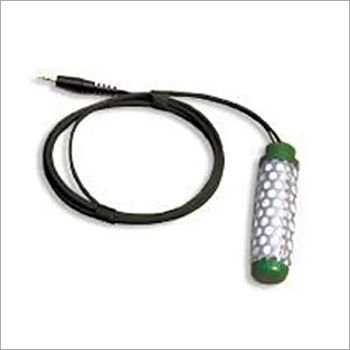
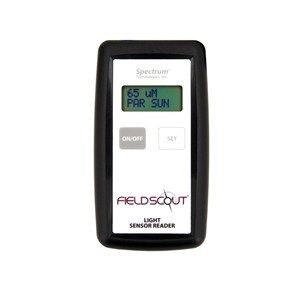
 Send Inquiry
Send Inquiry
